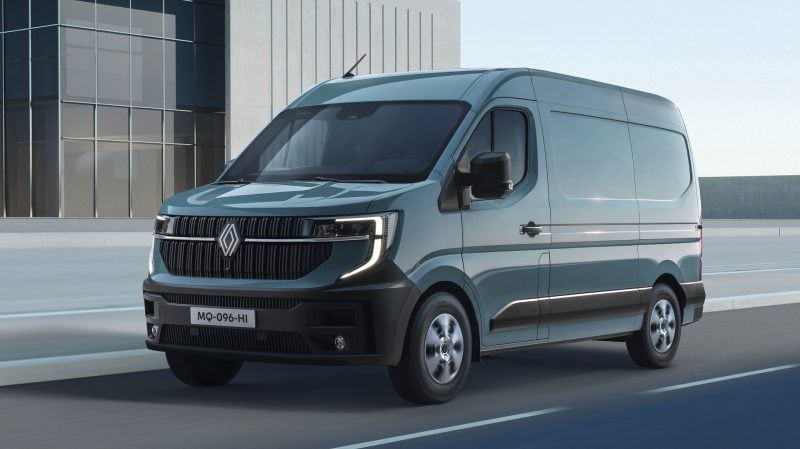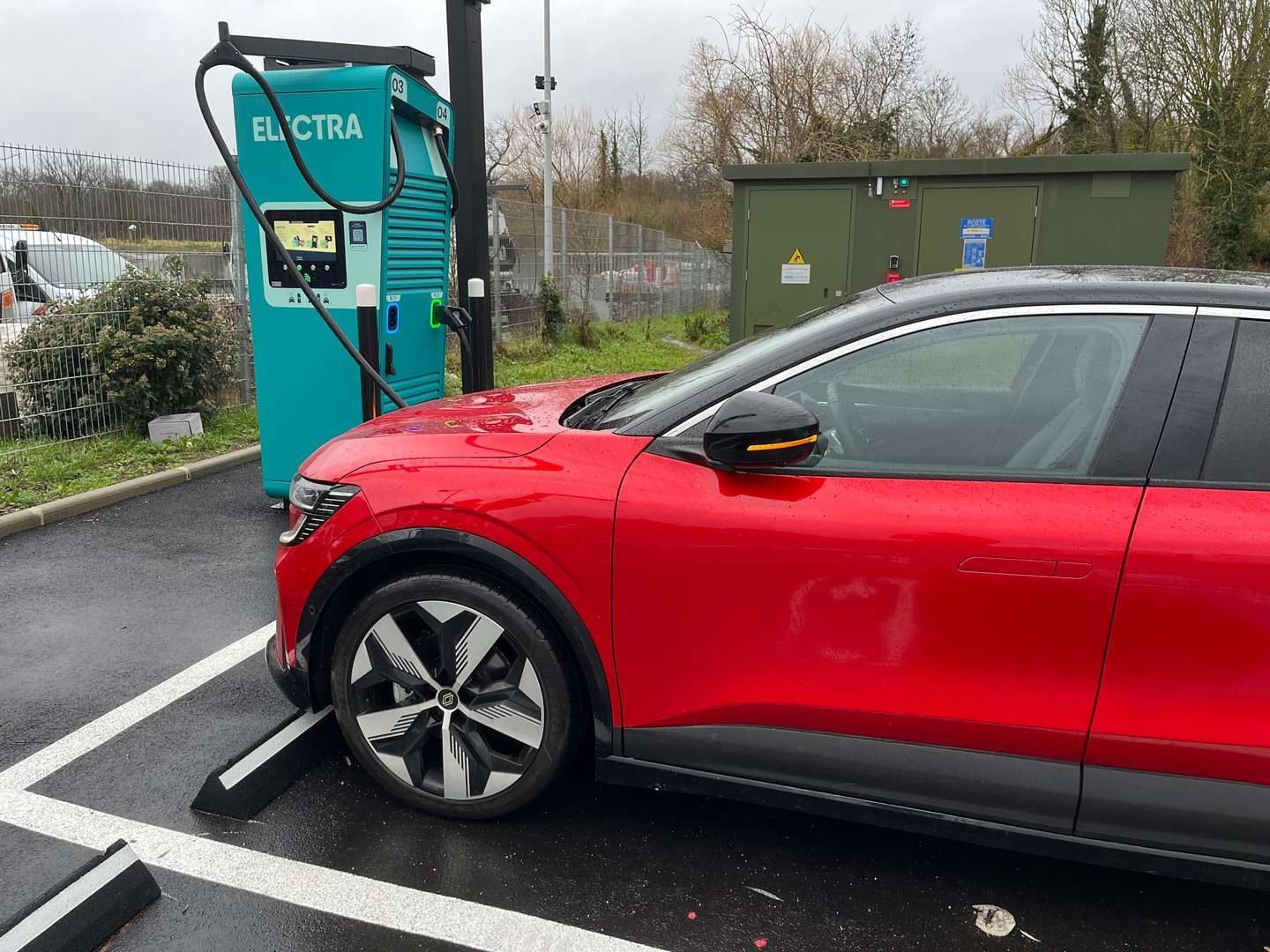The annual fleet barometer published by Arval shows that although the growth of electric cars in businesses is there, it still remains in the minority. But for how long ?
The traditional Arval Mobility barometer on fleets is always very informative. The 2024 version shows how the profile of vehicles chosen by fleet managers for businesses is changing. From all diesel in the 2000s and 2010s, we moved to almost all gasoline, then to hybrid and finally, a little, to electric. France is also the country which has the most ambitious companies in terms of transition of their vehicle fleet. : “with more than 8 out of 10 companies declaring that they have already adopted at least one alternative technology for their passenger cars (83%), France is now in the top three of the most advanced countries in Europe for electrification of vehicle fleets. It does better than Norway (80%) and is one point ahead of Sweden (84%). France's result is 24 points higher than the European average“. And in the coming months, the transition should further accelerate quite significantly.
Thank you LLD
For the moment, hybrids prevail in businesses since 50% of the vehicle fleet identified by the major Arval survey announces that they have already integrated this technology. The plug-in hybrid then arrives at 47% and is holding up despite an offer which is stabilizing in favor of electric among manufacturers. And in fact, these vehicles are gaining ground since they are present in 3 out of 10 companies surveyed! A share therefore higher than that of electric in the French market, which oscillates between 15 and 20%.
“Within 3 years, business decision-makers estimate that 23% of their passenger car fleets will be 100% electric, 15% plug-in hybrid and 16% non-plug-in hybrid” specifies the report. But if electric is progressing so much in business, it is mainly thanks to the LLD which allows companies to control costs and avoid having to manage the recovery of a technology that we know is constantly improving. The discounts are therefore sometimes very volatile, the LLD makes it possible to reduce the risks.
Utilities don't want to

The only downside to electric vehicles in business: utility vehicles. Despite an offer that has been widely developed at Stellantis and Renault Group, companies still seem reluctant to move to this mobility. The report did not go so far as to ask these companies what the reasons for this reluctance were, but the market share of electric LCVs is not increasing. Worse, she backs down: “the use of 100% electric in LCVs is not taking off, with 23% of companies having deployed it or planning to do so within three years. The usage rate is down 8 points in one year to 7%. On the LCV side, and still in 3 years, companies estimate that 9% of their fleets will be 100% electric, 11% plug-in hybrids, 15% non-rechargeable hybrids“. There is therefore still a lot of work to sell Master E-Tech and other e-Boxers, diesel remaining omnipresent in utility vehicles both for cost reasons (the price gap is quite significant between the two energies ) and technical constraints (obligation to have fast enough terminals for vehicle rotation).

Automotive journalist (and a bit of a bicycle journalist too). As passionate about new things as industry or the environment, but also everything that will advance mobility.
Rate this article
4.5/5 ( 2 votes)
Published on 03/26/2024 at 12:55

